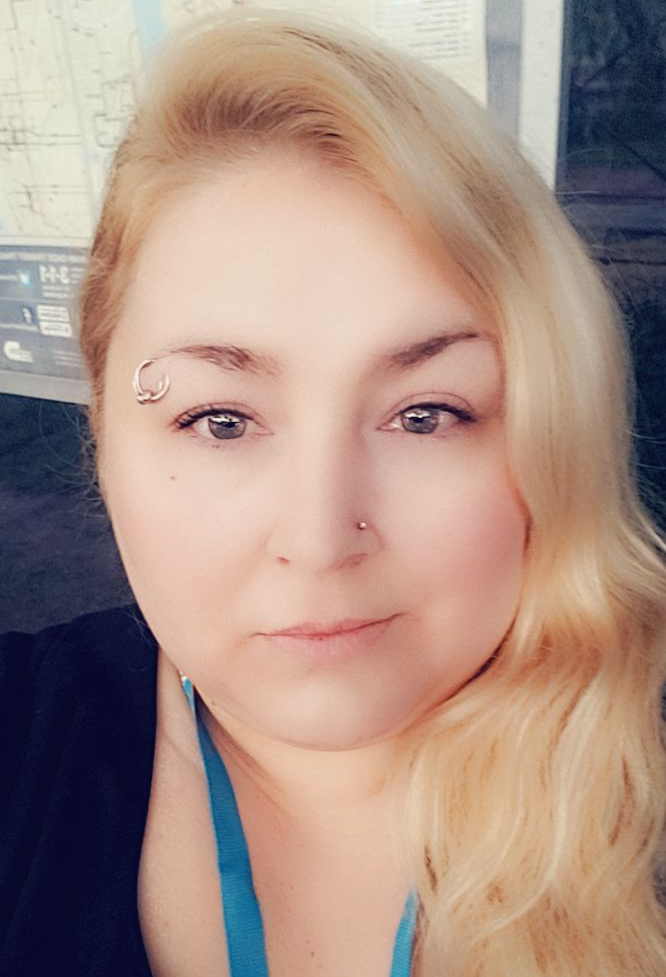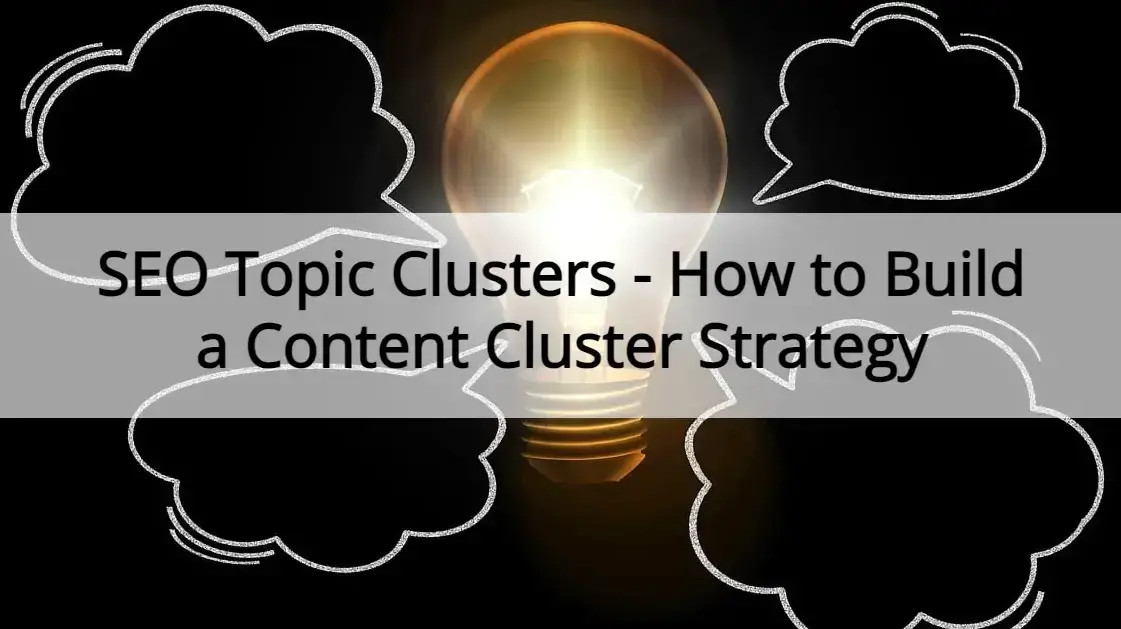When you’re planning your content, you should think about having SEO topic clusters. So, what are they? Well, you’re in luck, as you’ll find out in this article on what SEO topic clusters are, the benefits of having them in your content planning, as well as how to create them.
What are SEO topic clusters?
SEO topic clusters around specific themes or topics. This method involves creating a central pillar page that provides a broad overview of a particular topic and then linking it to multiple related subtopic pages, also known as cluster pages.
These cluster pages delve deeper into specific aspects of the main topic, providing more detailed information.
What are the benefits of having SEO topic clusters?
Here are 10 benefits of using SEO topic clusters:
- Enhanced Topic Authority
- Improved Site Architecture
- Better User Experience
- Increased Organic Traffic
- High Search Engine Rankings
- Improved Internal Linking
- Reduced Bounce Rates
- Increased Time on Site
- Improved Conversion Rates
- Long-Term SEO Strategy
Enhanced Topic Authority
By grouping related content under a central pillar page, you signal to search engines that your website is a comprehensive source of information on a particular topic. This can help establish your website as an authority, which can improve your rankings for various queries related to the topic.
Improved Site Architecture
Topic clusters contribute to a cleaner and more organized website structure. This makes it easier for both users and search engine crawlers to navigate your website and find the information they need.
Better User Experience
By providing a clear and logical structure for your content, topic clusters can significantly improve the user experience on your website. Users can easily find the information they are looking for, and they are more likely to stay on your website longer and explore other relevant content.
Increased Organic Traffic
By targeting a wider range of relevant keywords and search queries, topic clusters can help you attract more organic traffic to your website. This can lead to increased brand awareness, lead generation, and sales.
Higher Search Engine Rankings
By demonstrating your website's authority and relevance on specific topics, topic clusters can help you achieve higher rankings in search engine results pages (SERPs). This can lead to increased visibility and more organic traffic.
Improved Internal Linking
Topic clusters encourage strong internal linking between related pages, which helps search engines understand the hierarchy and relevance of your content. This can further boost your rankings.
Reduced Bounce Rates
By providing a more relevant and engaging user experience, topic clusters can help reduce bounce rates, which is a positive signal to search engines.
Increased Time on Site
By offering a variety of related content, topic clusters can encourage users to spend more time on your website, which can improve your website's overall performance metrics.
Improved Conversion Rates
By guiding users to the most relevant information, topic clusters can help improve conversion rates, whether it's making a purchase, signing up for a newsletter, or contacting your business.
Long-Term SEO Strategy
Topic clusters are a sustainable and long-term SEO strategy. By consistently creating high-quality content and optimizing it for relevant keywords, you can continue to attract organic traffic and improve your search engine rankings over time.
SEO Topic Clusters - How to Build a Content Cluster Strategy
A content cluster strategy, centered around SEO topic clusters, is a powerful approach to organize your website's content and improve your search engine rankings. Here's a step-by-step guide on how to build one:
- Identify Your Core Topics
- Create a Pillar Page
- Develop Cluster Pages
- Optimize for Search Engines
- Monitor and Analyze
Step 1: Identify Your Core Topics
It’s important to identify your core topics for your website, as this will help you design your topic cluster strategy. Here are some of the actions you need to do in order to identify those core topics:
- Keyword Research
- Audience Analysis
- Competitive Analysis
Keyword Research
Use tools like Google Keyword Planner, SEMrush, or Ahrefs to identify relevant keywords and topics that align with your business goals.
Audience Analysis
Understand your target audience's needs, interests, and pain points.
Competitive Analysis
Analyze your competitors' content strategies to identify gaps and opportunities.
Step 2: Create a Pillar Page
Once you’ve identified your core topics, it’s time to put together a pillar page. Here’s the steps to do that:
- Choose a Broad Topic
- Comprehensive Content
- Keyword Optimization
- Internal Linking
Choose a Broad Topic
Select a core topic that encompasses a wide range of subtopics.
Comprehensive Content
Write a detailed, informative, and engaging article that provides a comprehensive overview of the topic.
Keyword Optimization
Optimize the pillar page for your target keyword and related keywords.
Internal Linking
Link to relevant cluster pages from the pillar page to establish a hierarchical structure.
Step 3: Develop Cluster Pages
After you’ve created a pillar page, you will want to start working on cluster pages. Here are the steps to developing cluster pages:
- Identify Subtopics
- Create High-Quality Content
- Keyword Optimization
- Internal Linking
dentify Subtopics
Break down the core topic into smaller, more specific subtopics.
Create High-Quality Content
Write in-depth articles that provide valuable information on each subtopic.
Keyword Optimization
Optimize each cluster page for a specific keyword or keyword phrase.
Internal Linking
Link the cluster pages to the pillar page and to each other to create a strong internal linking structure.
Step 4: Optimize for Search Engines
Now that you’ve set up your cluster pages, you’ll need to optimize them for search engines. You’ll need to optimize them for on-page and off-page SEO. Here’s some tips on how to do that:
- On-Page SEO
- Off-Page SEO
On-Page SEO
On-page SEO refers to the optimization techniques applied directly to a website's content and HTML source code. This includes optimizing elements like title tags, meta descriptions, header tags, and image alt text to improve search engine visibility and user experience. Here’s some on-page SEO tips.
- Use relevant keywords in your titles, meta descriptions, headers, and body content.
- Optimize your images with alt text.
- Ensure your website is mobile-friendly.
- Improve page loading speed.
Off-Page SEO
Off-page SEO refers to activities done outside of your website to improve your search engine rankings. This includes building backlinks from other websites, promoting your content on social media, and engaging in online communities to increase your website's authority and visibility. Hee’s a few tips for off-page SEO:
- Build high-quality backlinks from reputable websites.
- Promote your content on social media.
- Engage with your audience through comments and social media interactions.
Step 5: Monitor and Analyze
When you’ve set up your SEO topic cluster, it’s time to see how it performs. Here’s some areas to look into when monitoring your site:
- Track Performance
- Keyword Rankings
- Adjust Your Strategy
Track Performance
Use Google Analytics to monitor your website's traffic, engagement, and conversion rates.
Keyword Rankings
Track your keyword rankings in search engine results pages (SERPs) using tools like Google Search Console.
Adjust Your Strategy
Based on your analytics data, make adjustments to your content strategy to improve your results.
Example of a SEO Topic Cluster Strategy: Online Clothing Shop
Core Topic: Sustainable Fashion
Pillar Page: Ethical and Eco-Friendly Clothing
Content for the Pillar Page: Comprehensive overview of sustainable fashion, including materials, production processes, and social impact.
Cluster Pages:
- Organic Cotton:
- Benefits of organic cotton
- Comparison of organic cotton vs. conventional cotton
- Care tips for organic cotton clothing
- Recycled Polyester:
- How recycled polyester is made
- Environmental benefits of recycled polyester
- Durability and performance of recycled polyester clothing
- Fair Trade Fashion:
- What is fair trade?
- How fair trade benefits workers and communities
- Brands that prioritize fair trade practices
- Ethical Fashion Brands:
- A curated list of ethical fashion brands
- How to identify ethical brands
- The importance of supporting ethical fashion
- Internal Linking Strategy:
- The pillar page links to each cluster page.
- Cluster pages link back to the pillar page and to each other where relevant.
- Related product pages link to the appropriate cluster pages.
In Summary
Hopefully this article has helped you learn a bit about SEO topic clusters and how to build a content cluster strategy. By following these steps and continuously monitoring and adjusting your strategy, you can create a powerful content cluster that drives organic traffic, improves your search engine rankings, and helps you achieve your business goals.
Frequently Asked Questions
Does bounce rate impact SEO?
Yes, bounce rate, especially when high, can impact SEO.
A high bounce rate might signal to search engines that a website's content isn’t relevant or engaging for users, potentially leading to lower rankings in search results. However, it’s just one of many factors considered in SEO.
Does domain TLD affect SEO?
Yes, but the effect is nuanced. Having keywords in your top-level domain doesn't enhance search rankings.
Is PHP good for SEO?
Both PHP and WordPress are SEO-effective. That said, WordPress is more user-friendly and SEO-ready. It offers SEO-optimized plugins and themes, and its structure is naturally search-engine friendly.
Do duplicate pages affect SEO?
Duplicate content can harm your SEO by lowering your site's ranking and affecting Google’s crawling. However, there are strategies to prevent and resolve duplicate content issues before they affect your website's performance.

Nile Flores is a long time professional blogger, as well as WordPress website designer and developer from the St. Louis Metro East. Nile blogs at NileFlores.com, where she’s passionate about helping website owners, whether they’re small business owners or bloggers. She teaches about Blogging, Social Media, Search Engine Optimization, Website Design, and WordPress. Additionally, Nile loves to speak at WordCamps (WordPress conferences) across the United States. When Nile isn’t knee-deep in coding, she’s a proud mom of a college student, and enjoys oil painting, cigar smoking, nail art design, and practicing traditional Okinawan kempo karate.
View all posts by Nile Flores




















